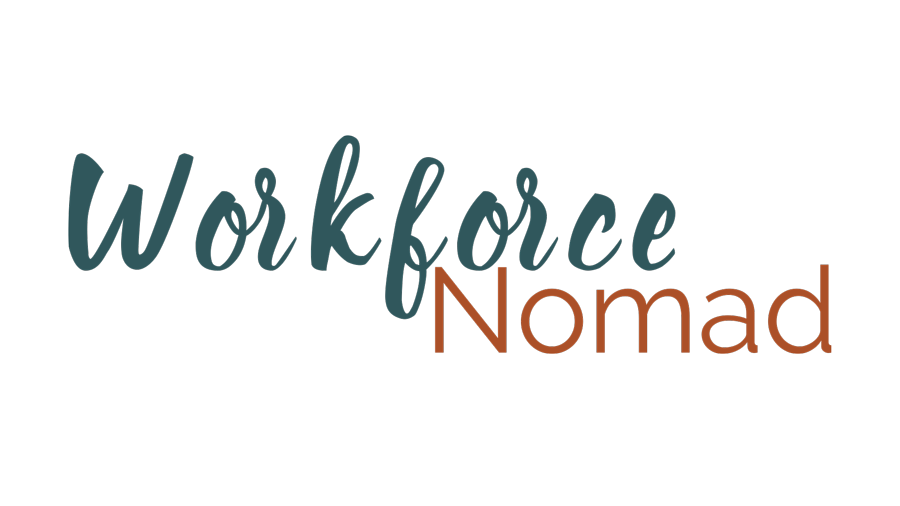If you are leading an organization and find yourself thinking “I am adaptive because I have to be to deal with how quickly things are changing in my world every day.” Odds are you aren’t being adaptive, you are being reactive and that is having an impact on your business.
To be an adaptive leader you need to focus on 5 areas; Engage and Inspire, Vision Clarity, Trust and Empowerment, and Managing Alignment. Those sound obvious, right? But lets examine what these really mean.
Engage and Inspire– This is called “showing up and giving a shit.” When I think of the times at work when I’ve been inspired by my colleagues, it always contains an element of this. There is nothing like some one else’s infectious passion to move me to action. Start with being engaged yourself and then get really good at sharing it with others. Share it every day. If you aren’t very good at sharing this make that your number one priority.
Vision/Purpose Clarity – This isn’t just making a mission statement or signing a manifesto, this is about living it, making decisions that aren’t counter to your vision, and being purposeful about when the vision shifts (as it will). Your colleagues are watching what you do to see if it matches what you say. If you are having trouble making decisions you might have to spend some time on getting clear yourself, in which case be honest about that and do the work to get clear. Then behave in a way that will get you there. If you behave in a way that is counter, ask yourself why and be able to explain it. If you do it too often you’ve got to question your vision/purpose, maybe its in need of some refining.
Trust and Empowerment – This is not the same thing as handing out responsibility. Responsibility without the authority to make decisions and take action is useless. Responsibility and authority with an unclear purpose is downright dangerous. If you haven’t tackled the clear vision/purpose this will fail. You also may have to extend your vision for the company into clear purpose for the people filling roles. Do this work with them so it resonates. And people will feel empowered to execute. Then trust. This means you have to take a few risks because if your people make mistakes you are going to have to help fix them. This doesn’t mean you shouldn’t ask good questions and help keep your people from running off a cliff.
Managing Alignment – That brings us nicely to alignment. If you give someone a purpose they don’t “get it” or it seems misaligned with the greater purpose or contradictory to another persons purpose in the organization….here comes trouble. This means making sure everyone is on the same page and not impinging others ability to get stuff done. Help everyone with understanding everyone’s purpose and how they support each other and how it drives the greater vision.
Many companies spend money and time coming up with a nice mission statement so they can point to it and say, “that’s our vision/purpose.” But they skip every step afterward that helps draw the lines between what their people do every day to get the organization “there.” No wonder they appear to be going nowhere at a really high speed.





